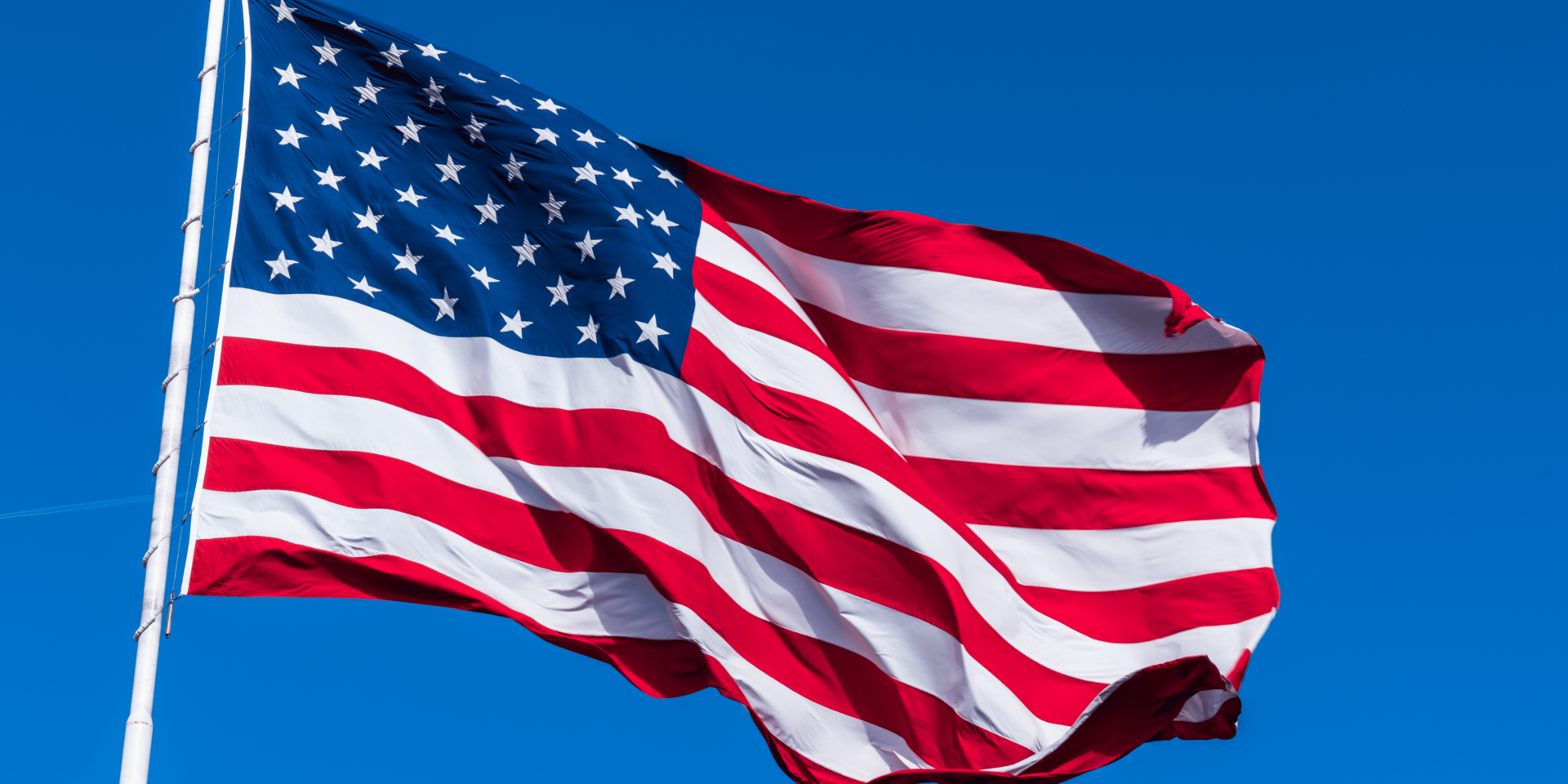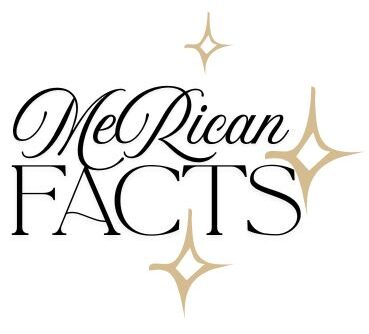Symbols as the Language of American Identity
Symbols shape how Americans understand their history and culture. From monuments to flags, these images carry meanings that extend beyond their physical form. Each one tells a story of the values, struggles, and aspirations that built the nation. By uncovering the untold stories behind them, the depth of their significance becomes clear.
The Flag as a Marker of Unity and Change
The American flag represents unity, yet its design has evolved through periods of conflict and growth. Each star added to the blue field marks a moment when the country expanded, reflecting shifting borders and new states joining the union. The thirteen stripes recall the original colonies, but they also serve as a reminder of the nation’s fragile beginnings. The flag’s story is not static; it continues to change as the nation itself changes.
The Liberty Bell and the Echo of Freedom
The Liberty Bell remains a symbol of independence, but its cracks reveal a history of imperfection. Cast in the 18th century, it rang to announce public gatherings long before it became associated with freedom. The bell’s fracture silenced it, yet that silence became part of its power. Standing today in Philadelphia, it reminds visitors that freedom carries weight, requiring both resilience and repair. Its untold story lies in how imperfection itself became symbolic of endurance.
The Statue of Liberty as a Promise of Welcome
The Statue of Liberty towers over New York Harbor, symbolizing hope for millions who arrived seeking a new life. While it represents freedom, its construction also tells a story of international partnership. Gifted by France, the statue marked a shared belief in liberty, yet it also reflected political debates of its time. For immigrants arriving by ship, the statue became a first glimpse of America, turning its meaning into something deeply personal. Its presence continues to define the nation’s image as a place of possibility.
The Bald Eagle as a Sign of Strength
The bald eagle was chosen as America’s national bird not only for its majesty but also for its survival. Once on the brink of extinction, the eagle’s return reflects the nation’s ability to restore what was nearly lost. Its soaring presence symbolizes strength and independence, while its history underscores the importance of protecting natural heritage. The eagle’s survival story adds depth to its image, reminding the country that symbols must be preserved through action, not assumption.
Mount Rushmore and the Story in Stone
Mount Rushmore stands as a monumental carving of four presidents, but its creation carries a layered history. Sculpted into the Black Hills of South Dakota, the monument honors leadership, yet it also sits on land sacred to Native American tribes. The untold story lies in this tension—how a national symbol of unity also reflects displacement and conflict. The granite faces draw millions of visitors, but the land beneath them speaks with equal weight.
The Great Seal and the Language of Power
The Great Seal of the United States appears on currency, government buildings, and official documents. Its design, featuring the bald eagle clutching arrows and an olive branch, conveys both strength and peace. Yet the seal’s story extends to the nation’s founding debates, where leaders carefully considered how symbols would project authority. The Latin phrases woven into its design remind viewers of the founders’ intent to align America with ideals of endurance and unity. Its daily presence on currency ensures the symbol remains part of everyday life.
A Realistic Scene of Symbolism in Practice
At a small-town Independence Day ceremony, the community gathers on the courthouse lawn. The flag is raised slowly as the crowd stands in silence, the bell in the tower rings, and a bald eagle circles above in the distance. Children wave handheld flags while veterans salute. The moment illustrates how national symbols come together in daily life, not only in monuments or museums but in living rituals that reinforce their meaning. The scene reflects how symbols remain active, connecting generations through shared experience.
Why Untold Stories Deepen Symbolic Meaning
The untold stories behind these symbols reveal complexity that surface meanings cannot show. They highlight how each emblem grew from moments of triumph and struggle, weaving together different chapters of American history. These deeper narratives prevent symbols from becoming empty images, ensuring they continue to inspire reflection and dialogue. Understanding the full scope of their history strengthens their role as anchors of national identity.
Symbols as Living Narratives
America’s most iconic symbols carry stories that extend far beyond their appearance. The flag marks growth, the Liberty Bell echoes resilience, the Statue of Liberty promises welcome, the bald eagle reflects survival, and Mount Rushmore reveals layers of history. Each one represents not only what the nation has achieved but also the challenges it has faced. By uncovering the untold stories, these symbols transform into living narratives, shaping how every generation understands what it means to be American.

